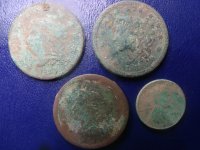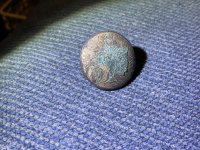Holyground
Hero Member
- May 17, 2014
- 579
- 828
- Detector(s) used
- Garrett AT GOLD, Garrett ATX
- Primary Interest:
- All Treasure Hunting
Bob Ward told you how to find the mine. Follow him!
Amazon Forum Fav 👍
Last edited:








